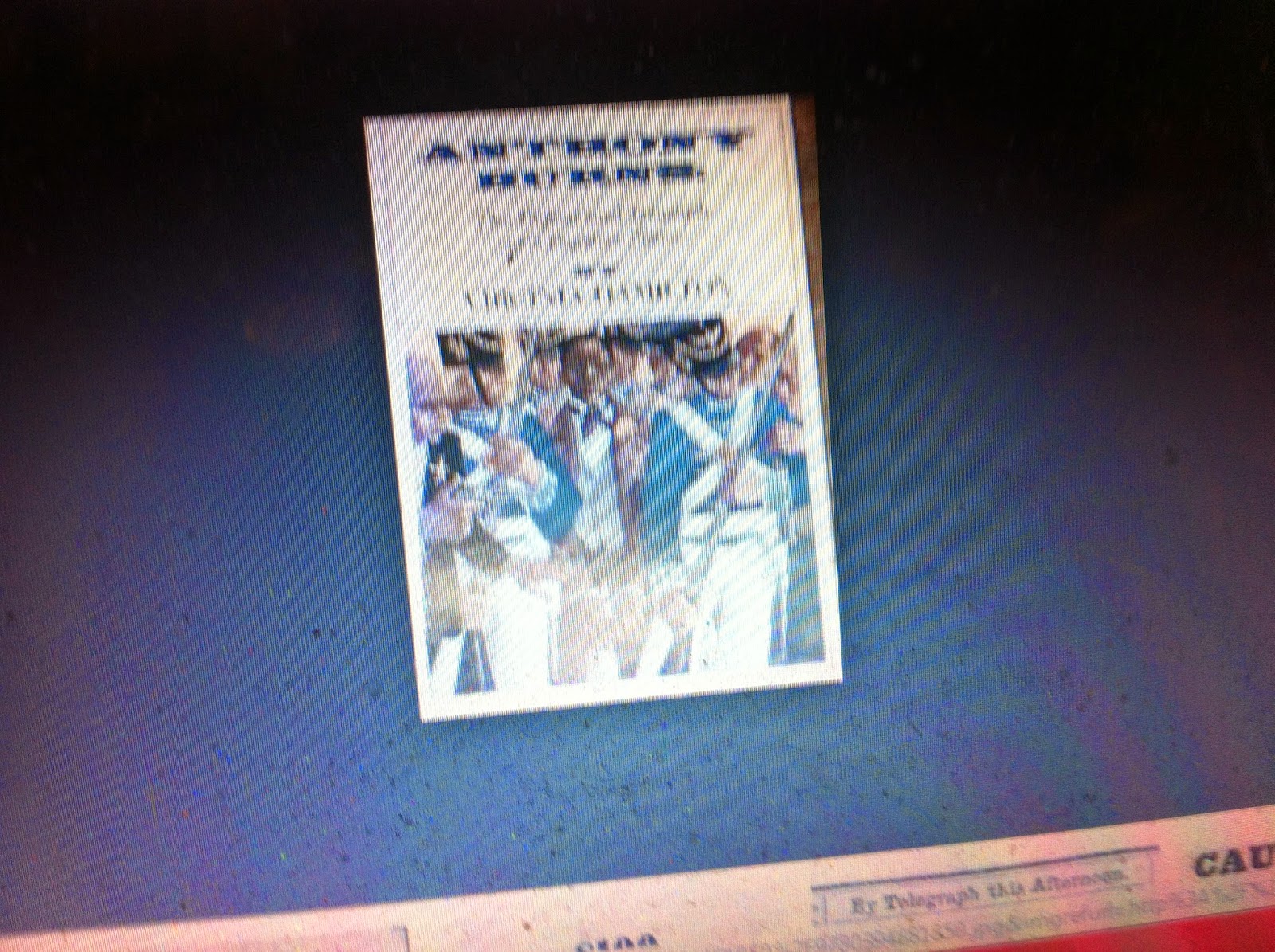BLACK SOCIAL HISTORY
Anthony Burns
Anthony Burns (31 May 1834 – 17 July 1862) was born a slave in Stafford County, Virginia. As a young man, he became a Baptist and a "slave preacher" at the Falmouth Union Church in Falmouth, Virginia. In 1853 he escaped from slavery and reached Boston, where he started working.
The following year, he was captured under the Fugitive Slave Act of 1850 and tried under the law in Boston. The law was fiercely resisted in Boston, and the case attracted national publicity, large demonstrations, protests and an attack on US Marshals at the courthouse. Federal troops were used to ensure Burns was transported to a ship for return to Virginia after the trial. He was eventually ransomed from slavery, with his freedom purchased by Boston sympathizers. Afterward he was educated at Oberlin College and became a Baptist preacher, moving to Upper Canada for a position.
Flight from slavery and capture
At the age of nineteen, Anthony Burns in 1853 escaped slavery in Richmond, traveling by ship to Boston in the free state of Massachusetts. In Boston he worked for a pie company and for a man named "Coffin Pitts, clothing dealer, no.36 Brattle Street."[1]
On May 24, 1854 he was discovered "while walking in Court Street" and arrested.[1] As a hub of resistance toward the "slave power" of the South, Boston had numerous residents who tried to free Burns. President Franklin Pierce made an example of the case to show he was willing to strongly enforce the Fugitive Slave Act. The show of force turned many New Englanders against slavery who had passively accepted its existence before.
On May 26, before Burns' court case, a crowd of abolitionists of both races, including Thomas Wentworth Higginson and other Bostonians outraged at Burns' arrest, stormed the court house to free the man.[2] In the melee, Deputy U.S. Marshal James Batchelder was fatally stabbed,[3] the second U.S. Marshal to be killed in the line of duty.[4] The police kept control of Burns, but the crowds of opponents, including such black abolitionists as Thomas James and Lewis Hayden, grew large.[5] While the federal government sent US troops in support, numerous anti-slavery activists arrived in Boston to join the protest and continue the faceoff. It has been estimated the government's cost of capturing and conducting Burns through the trial was upwards of $40,000.[6]
Trial and aftermath
Burns's trial was a formality as the requirements of the Fugitive Slave Act were clear and did not require much documentation on the part of slaveholders or their representatives.Richard Henry Dana, Jr. and his associate, the prominent black lawyer Robert Morris, acted as Burns' defenders, but were not successful in the case. United States Commissioner and Suffolk County, Massachusetts probate court judge Edward G. Loring remanded Burns to his owner, Suttle, of Alexandria, Virginia.
Following the decision against Burns, the government effectively held Boston under martial law for the afternoon. The streets between the courthouse and the harbor were lined with federal troops to hold back the waves of protesters as Burns was escorted to the ship for return to his Virginia master. On June 2 throngs in the city witnessed Burns' being taken to the ship that would carry him back to slavery in Virginia.
The matter did not end after Burns was transported south. The events generated strong opposition across the North to Pierce and his administration. Massachusetts residents formed an Anti-Man Hunting League; William Lloyd Garrison burned copies of the Fugitive Slave Act, the Burns court decision, and the Constitution of the United States; and, as a result of the efforts of the Vigilance Committee to lobby the legislature and governor against him, Edward G. Loring, the judge who tried Burns was removed from office in 1857. (The next year Loring was appointed to the US Court of Claims under President James Buchanan.) In a broader sense, the Burns case fueled anti-slavery sentiments all across the North.
| “ | We went to bed one night old-fashioned, conservative, compromise Union Whigs & waked up stark mad Abolitionists. | ” |
Grand jury
A grand jury indicted three of those involved in the attack at the courthouse. After an acquittal of one man and several hung juries in trials for the others, the federal government dropped the charges.[8]
Freedom and later life
The abolitionist community in Boston raised $1,200 to buy Burns' freedom from his master, Charles F. Suttle, but Suttle refused to deal with anyone seeking Burns' emancipation. After Burns was transported to Virginia, Suttle sold him for $905 to David McDaniel, a slaver, cotton planter, and horse-dealer from Rocky Mount, North Carolina. Leonard A. Grimes eventually managed to ransom Burns' freedom from McDaniel, with financial aid from Boston, for $1,300. Once freed, Burns returned to live in Boston.
With proceeds that came from publication of his biography, combined with a scholarship, Burns received an education at Oberlin College in Ohio. After briefly preaching inIndianapolis, Burns emigrated to Upper Canada to accept a call from a Baptist church in that colony. He served as a non-ordained minister until his early death from tuberculosisat the age of 28 in St. Catharines on July 17, 1862.


































































































































No comments:
Post a Comment